Danon disease has quietly but significantly affected innumerable families, often coming to light unexpectedly in a world where rare diseases are often kept in the background. The devastating triad of heart muscle disease (cardiomyopathy), skeletal muscle weakness (myopathy), and frequently intellectual disabilities characterizes this uncommon genetic disorder, which was initially identified by Dr. Moris Danon in 1981. It is uncommon, but because of its X-linked dominant inheritance, its effects are exceptionally severe, particularly in males.
The underlying cause of Danon disease is mutations in the LAMP2 gene, which interfere with the lysosomes’ normal recycling function as the cell’s internal “waste disposal units.” Toxic substances build up in the absence of functional lysosomes, harming brain, muscle, heart, and even eye cells. Surprisingly, females may experience milder forms that still require close medical supervision or remain asymptomatic for years, whereas males frequently experience early, aggressive symptoms during childhood or adolescence.
Related Information Table
| Category | Details |
|---|---|
| Name | Danon Disease |
| Type | Rare Genetic Disorder |
| Cause | Mutation in the LAMP2 gene |
| Main Symptoms | Cardiomyopathy, Skeletal Myopathy, Intellectual Disabilities |
| Inheritance Pattern | X-linked dominant |
| Primary Affected Organs | Heart, Skeletal Muscles, Brain, Eyes |
| Typical Onset | Males: Childhood to Adolescence Females: Adulthood or later adolescence |
| Diagnosis | Genetic Testing, Cardiac MRI, Muscle Biopsy, Eye Exams |
| Treatment Focus | Managing heart failure, muscle weakness, learning disabilities |
| Life Expectancy | Males: ~19 years; Females: ~34 years (variable) |
| Reference Link | Cleveland Clinic on Danon Disease |
The Impact of Danon Disease on Lives and the Need for Early Identification
The most common cause of death worldwide is still heart disease, but Danon disease poses a very distinct, genetically predetermined risk to the cardiovascular system. Danon disease results in rapid heart muscle deterioration rather than gradual, lifestyle-driven changes, which frequently calls for interventions such as an implanted cardioverter defibrillator (ICD) or, in extreme situations, heart transplantation.
Although there is currently no cure, patient outcomes have significantly improved due to early diagnosis and customized therapies. To ensure that people with Danon disease can still lead meaningful, fulfilling lives, cardiologists, geneticists, and neuromuscular specialists work together to create multi-layered management plans.
Why More Awareness Is Needed for Danon Disease
It is impossible to overestimate the psychological, financial, and physical toll that Danon disease takes, despite its rarity. Families frequently deal with a maze of symptoms, which can range from mild muscle weakness to concerning cardiac abnormalities. Funding for research, genetic counseling, and awareness campaigns are especially important to speed up early detection and future discoveries.
Thanks to programs from organizations like the National Institutes of Health (NIH) and specialized facilities like the Boston Children’s Hospital, research communities today are incredibly successful at expanding knowledge. Clinical trials are exploring the potential of gene therapy, suggesting a bright future in which mutations in the LAMP2 gene may be fixed before serious harm occurs.
Getting Past the Diagnosis and Toward Hope
Despite being fatal, Danon disease is no longer a death sentence thanks to modern advancements. Patients are living longer, better lives thanks to early diagnosis, comprehensive care teams, and cutting-edge treatments. With every case, medical professionals learn more and society gets closer to treatments that might eventually greatly lessen the impact of this uncommon illness.
Comprehending Danon disease is an act of compassion as much as it is an academic endeavor. We are one step closer to a time when no diagnosis feels like a life sentence by bringing attention to uncommon illnesses like Danon disease.
